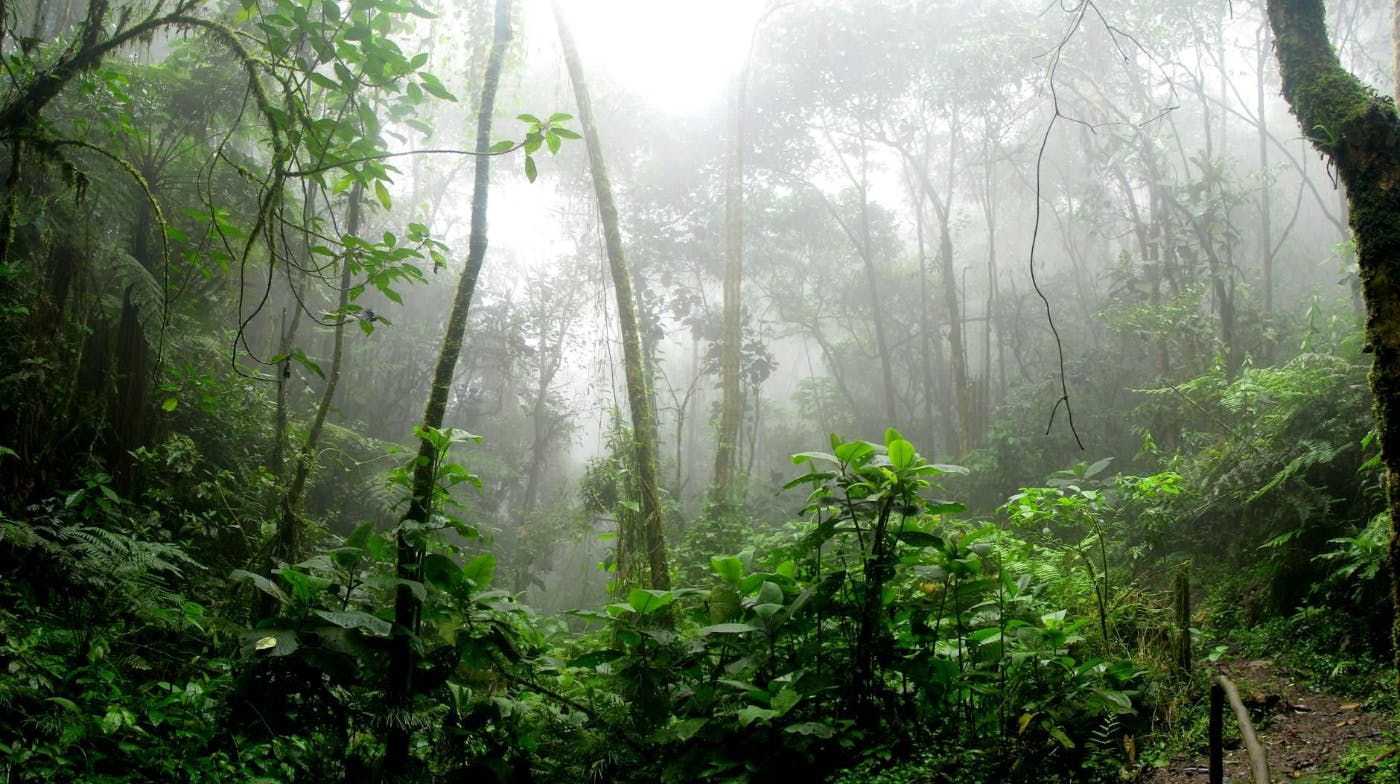This paper is available on arxiv under CC BY-SA 4.0 DEED license.
Authors:
(1) Lana L. Blaschke, Earth System Modelling, School of Engineering and Design, Technical University of Munich, Munich, Germany, Potsdam Institute for Climate Impact Research, Potsdam, Germany and [email protected];
(2) Da Nian, Potsdam Institute for Climate Impact Research, Potsdam, Germany;
(3) Sebastian Bathiany, Earth System Modelling, School of Engineering and Design, Technical University of Munich, Munich, Germany, and Potsdam Institute for Climate Impact Research, Potsdam, Germany;
(4) Maya Ben-Yami, Earth System Modelling, School of Engineering and Design, Technical University of Munich, Munich, Germany, and Potsdam Institute for Climate Impact Research, Potsdam, Germany;
(5) Taylor Smith, Institute of Geosciences, University of Potsdam, 14476 Potsdam, Germany;
(6) Chris A. Boulton, Global Systems Institute, University of Exeter, EX4 4QE Exeter, UK ;
(7) Niklas Boers, Earth System Modelling, School of Engineering and Design, Technical University of Munich, Munich, Germany, Potsdam Institute for Climate Impact Research, Potsdam, Germany, Global Systems Institute, University of Exeter, EX4 4QE Exeter, UK, and Department of Mathematics, University of Exeter, EX4 4QF Exeter, UK.
Table of Links
- Abstract and Introduction
- Materials and Methods
- Data
- Results
- Conclusions, Open Research Section and Conflict of Interest/Competing Interests
- Author Contributions, Supplementary Information, Acknowledgments and References
- Additional Insight from the Conceptual Model
- AMSR2 until 2022 Excluded Due to Missing Human Land Use Data
- Investigation of Resilience Loss in AMSR2’s X-Band
- Results Proving Robustness
- Potential Driving Forces and Sources of Bias
AMSR2 UNTIL 2022 EXCLUDED DUE TO MISSING HUMAN LAND USE DATA
Text S6. The influence of forest loss for the years 2021 to 2022
Since the data sets for excluding HLU are only available until 2020, the VOD data by AMSR2 was only analyzed until 2020 even though it is available until present times. The maps in Figure S6a) and c) show the difference between the number of indicators with positive trends if analyzed until 2020 (as in the main text, Figure 6) and until 2022 for AMSR2’s band C and X, respectively. Differences mainly occur where sudden changes in VOD after 2020 can have a strong influence on the detrending method STL. Since STL acts on sliding windows over the whole data set as is (to detrend) and over the separate months (for de-seasonalizing), the influence of strong changes after 2020 increase over time. This becomes apparent in the the spatially averaged time series in b) and d), where all indicators start at the same level independent for both cases, where the analysis is performed until 2020 (solid lines) as well as until 2022 (dotted lines), but diverge afterwards. Such increasingly strong discrepancies in the period until 2020, where the data is equivalent, must stem from STL, which over time becomes more sensitive to strong changes in later time steps due to its sliding window approach. Yet, this is only the case for strong changes in the VOD after 2020, as it could result from forest loss and Human interference. Hence, we argue that the exclusion of HLU based on the years until 2020 is not sufficient to analyze data thereafter. This explanation is supported by high rates of forest loss since the end of 2020, with more than 18.000 km2 deforestation and 27.000 km2 degradation registered by the Instituto Nacional de Pesquisas Espaciais’s monitoring programs (INPE, 2023). Hence, the results for AMSR2 analyzed until 2022 cannot be relied on (see Figure S6).


